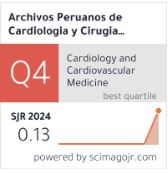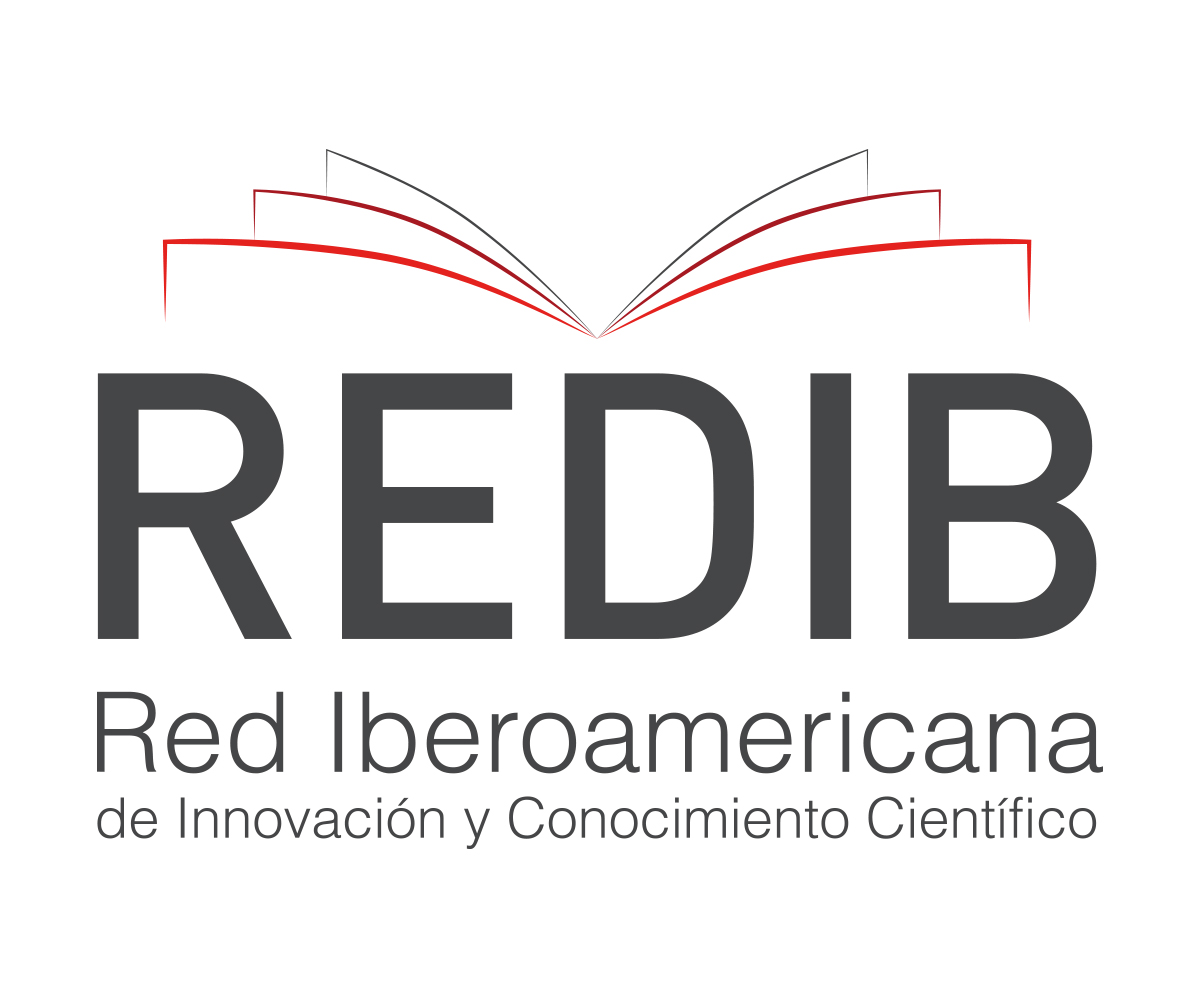Be more, do more, research more: The importance of developing local science
DOI:
https://doi.org/10.47487/apcyccv.v1i1.4Palabras clave:
Science, MedicineResumen
There were times when our ancestors lived in a dangerous environment. Indeed, primates including homo sapiens and its predecessors were neither strong nor particularly fast. They were an easy prey for predators: but they were smart and became eventually the dominant species.
Why could this happen? First, they developed the concept of cause and effect, they learned to see events in causal terms, that one event followed another consistently and they used this to shape their environment – this made them the tool makers of the evolution. Then they discovered how to make fire and weapons and suddenly they were no longer a prey, but predators themselves. Finally, they learned to work together, to communicate, to talk to and inform each other about dangers and opportunities and to pursue them together. Working together was a key-success-factor of these social animals who alone would not have survived the struggle for survival. Thus, rational thinking, communicating with each other and working together made us the dominant species.
What brought humans forward? The ambition to be more and to do more.
Descargas
Referencias
Stokes I. An anatomical disputation concerning the movement of the heart and blood in living creatures. British Journal of Diseases of the Chest. 1977;71:305.
Riedel S. Edward Jenner and the history of smallpox and vaccination. Proc (Bayl Univ Med Cent) 2005;18(1):21-5.
Fleming A. On the antibacterial action of cultures of a penicillium, with special reference to their use in the isolation of B. influenzae. 1929. Bull World Health Organ 2001;79(8):780- 90.
Streptomycin Treatment of Pulmonary Tuberculosis. A Medical Research Council Investigation 1948;2(4582):769-82.
Effects of treatment on morbidity in hypertension. Results in patients with diastolic blood pressures averaging 115 through 129 mm Hg. Jama 1967;202(11):1028-34.
Randomised trial of intravenous streptokinase, oral aspirin, both, or neither among 17,187 cases of suspected acute myocardial infarction: ISIS-2. The Lancet 1988;332(8607):349- 60.
Randomised trial of cholesterol lowering in 4444 patients with coronary heart disease: the Scandinavian Simvastatin Survival Study (4S). Lancet 1994;344(8934):1383-9.
Steffel J, Verhamme P, Potpara T, et al. The 2018 European Heart Rhythm Association Practical Guide on the use of non-vitamin K antagonist oral anticoagulants in patients with atrial fibrillation. Eur Heart J 2018;39(16):1330-93.
Neumann F, Sousa-Uva M, Ahlsson A, et al. 2018 ESC/EACTS Guidelines on myocardial revascularization. Eur Heart J 2019; 40(2):87-165.
Mach F, Baigent C, Catapano A, et al. 2019 ESC/EAS Guidelines for the management of dyslipidaemias: lipid modification to reduce cardiovascular risk. Eur Heart J 2020;41(1):111-88.
Knuuti J, Wijns W, Saraste A, et al. 2019 ESC Guidelines for the diagnosis and management of chronic coronary syndromes. Eur Heart J 2020;41(3):407-77.
Priori S, Blomstrom-Lundqvist C, Mazzanti A, et al. 2015 ESC Guidelines for the management of patients with ventricular arrhythmias and the prevention of sudden cardiac death: The Task Force for the Management of Patients with VentricularArrhythmias and the Prevention of Sudden Cardiac Death of the European Society of Cardiology (ESC). Endorsed by: Association for European Paediatric and Congenital Cardiology (AEPC). Eur Heart J 2015;36(41):2793-867.
Baumgartner H, Falk V, Bax J, et al. 2017 ESC/EACTS Guidelines for the management of valvular heart disease. Eur Heart J 2017;38(36):2739-91.
Konstantinides S, Meyer G, Becattini C, et al. 2019 ESC Guidelines for the diagnosis and management of acute pulmonary embolism developed in collaboration with the European Respiratory Society (ERS). Eur Heart J 2020;41(4): 543-603.
Ponikowski P, Voors A, Anker S, et al. 2016 ESC Guidelines for the diagnosis and treatment of acute and chronic heart failure: The Task Force for the diagnosis and treatment of acute and chronic heart failure of the European Society of Cardiology (ESC)Developed with the special contribution of the Heart Failure Association (HFA) of the ESC. Eur Heart J 2016;37(27):2129-200.
Luscher T, Obeid S. From Eisenhower's heart attack to modern management: a true success story!. Eur Heart J 2017;38(41): 3066-9.
Luscher T. Lumpers and splitters: the bumpy road to precision medicine. Eur Heart J 2019;40(40):3292-6.
Haas J, Frese KS, Peil B, et al. Atlas of the clinical genetics of human dilated cardiomyopathy. Eur Heart J 2015;36(18): 1123-35a.
Mosqueira D, Mannhardt I, Bhagwan J, et al. CRISPR/Cas9 editing in human pluripotent stem cell-cardiomyocytes highlights arrhythmias, hypocontractility, and energy depletion as potential therapeutic targets for hypertrophic cardiomyopathy. Eur Heart J 2018;39(43):3879-92.
Siontis G, Overtchouk P, Cahill T, et al. Transcatheter aortic valve implantation vs. surgical aortic valve replacement for treatment of symptomatic severe aortic stenosis: an updated meta-analysis. Eur Heart J 2019;40(38):3143-53.
Luscher T. Good publishing practice. Eur Heart J 2012;33(5): 557-61. Arch Per Card Cir Card 2020;1(1):2-5
Descargas
Publicado
Número
Sección
Licencia
Derechos de autor 2020 Archivos Peruanos de Cardiología y Cirugía Cardiovascular

Esta obra está bajo una licencia internacional Creative Commons Atribución 4.0.


















